How to Fix ‘Unidentified Network’ Issue with Ethernet?
When your Ethernet connection suddenly displays an “Unidentified Network” status, it typically means that your computer has connected to a network but cannot access the internet. This issue often occurs due to incorrect IP configurations, most commonly when the network adapter fails to obtain a valid IP address from the DHCP server.
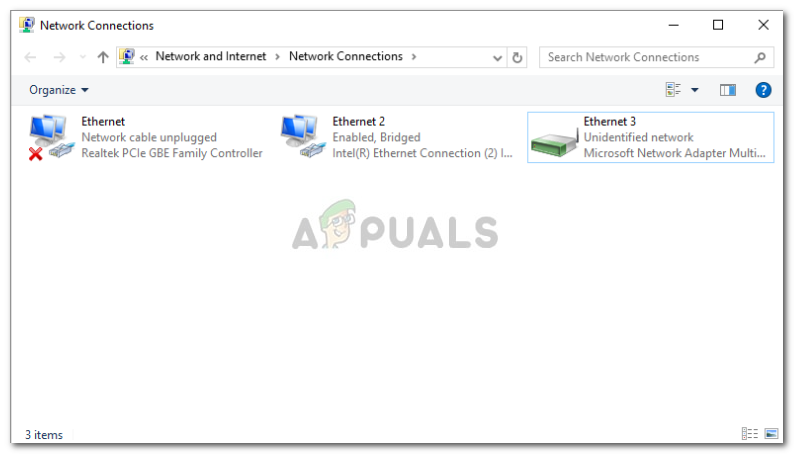
This could be caused by issues like faulty cables, outdated drivers, or misconfigured network settings. Additionally, these factors may also cause the issue:
- Ethernet Incorrect IP configuration: Your system requires a unique IP address to connect to a network. An incorrect IP configuration for your Ethernet can lead to this issue. Learn how to fix an incorrect Ethernet IP configuration.
- Third-party software: Various applications, especially antivirus programs, can interfere with your network connection.
- Network card drivers: Outdated or incorrect network card drivers might be the root cause of the issue.
Before you proceed with the solutions below, make sure that airplane mode is disabled on your system.
1. Run the Network Troubleshooter
Running the Network Troubleshooter is a good starting point for diagnosing this error. This built-in Windows tool automates the process of identifying and resolving common network issues that could be causing the error.
- Press Windows Key + I to open Settings.
- Go to Network & Internet.
- Click on Network troubleshooter to initiate the troubleshooting process.

Network Troubleshooter - Allow the troubleshooter to run until it completes.
2. Renew IP Address
A misconfigured IP address can disrupt your network connection. Your IP address identifies your computer on the network, much like how a street address identifies your home. To resolve related issues, you can reset your IP by instructing your router to assign a new IP address to your computer.
This procedure is accomplished by releasing the existing IP address and then immediately renewing it to establish a new connection.
- Press Windows Key + X and select either Command Prompt (Admin) or Windows PowerShell (Admin).
- Enter the following commands:
ipconfig /release ipconfig /renew
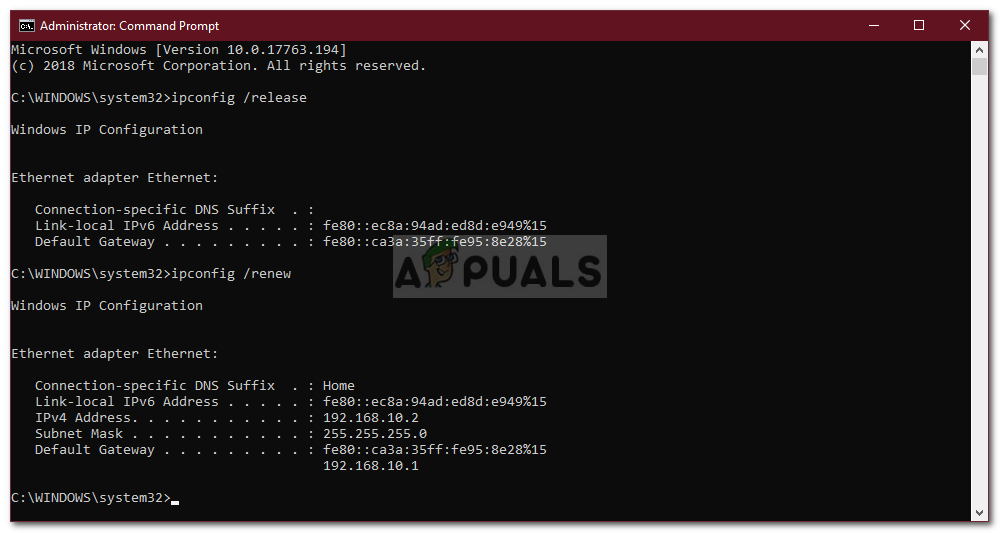
Renewing IP
Flushing your DNS cache might also prove beneficial.
- In the command prompt, execute:
ipconfig /flushdns

Flushing DNS - Exit the command prompt and verify if the problem has been resolved.
3. Reset TCP/IP
Resetting the TCP/IP settings can often resolve network complications since these protocols govern how your computer exchanges data over the internet. A clearance of improper configurations could fix the error by reinstating standard network communication protocols.
- Open Command Prompt as an administrator.
- Type the following commands:
netsh winsock reset netsh int ip reset
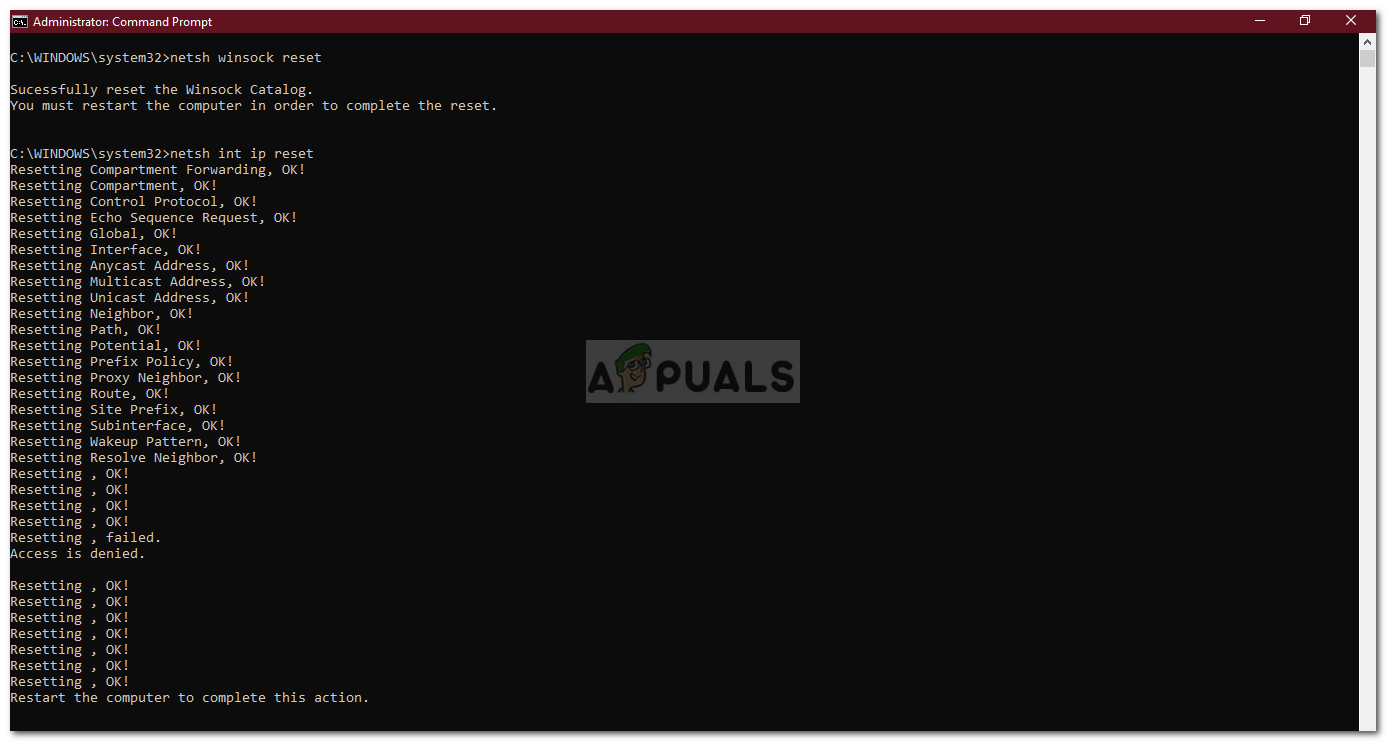
Resetting TCP/IP - Close the command prompt and restart your computer.
4. Turn Off Antivirus Software
Sometimes antivirus software can incorrectly identify a secure network connection as a threat, resulting in the error. Disabling your antivirus can help determine if it is blocking your internet access. Briefly turn off the software, check if the problem is resolved, and make sure your device can connect to the network without interruption. This action helps isolate the antivirus as a possible cause of the issue.
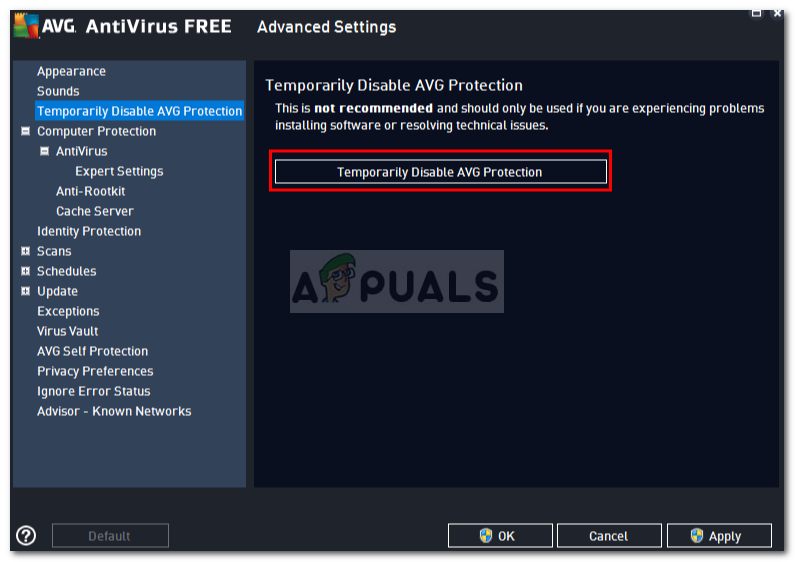
5. Disable Windows Firewall Temporarily
The Windows Defender Firewall is very important in safeguarding your system by managing inbound and outbound communications. Nevertheless, it may accidentally intercept a legitimate connection, potentially leading to the error. Temporarily deactivating the firewall can help determine if it is the reason.
- Press Windows Key + I to access Settings.
- Search for Windows Defender Firewall and select it.
- On the left-side panel, click Turn Windows Defender Firewall on or off.
- Select Turn off Windows Defender Firewall for both private and public network settings.

Turning Off Windows Firewall - After testing, if the issue persists, be sure to turn the firewall back on by repeating the steps, but select the Turn on Windows Defender Firewall choice instead.
6. Update Network Adapter Driver
Outdated network adapter drivers can cause this error by blocking effective communication between your system and the network. By updating these drivers, you ensure the integration of the latest enhancements and bug fixes that may resolve your connectivity issues.
- Press Windows Key + X and select Device Manager.
- Expand the Network adapters category.
- Right-click on your network adapter and select Update driver.
- Select Search automatically for updated driver software.
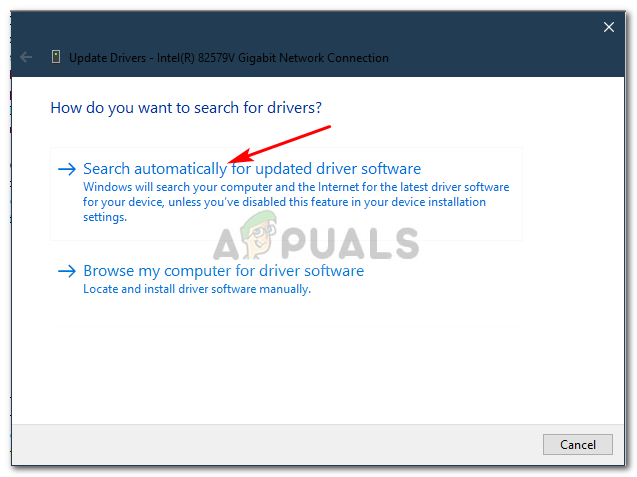
Updating Network Driver - Allow the system to complete the search and then restart your computer.
If updating the driver does not resolve the problem or if no new updates are found, you may need to reinstall the network adapter driver. Reinstallation can address any corruption or conflicts within the driver that could be causing the error.
- Access Device Manager as previously described.
- Find and expand the Network adapters section.
- Right-click on your network adapter and select Uninstall device.
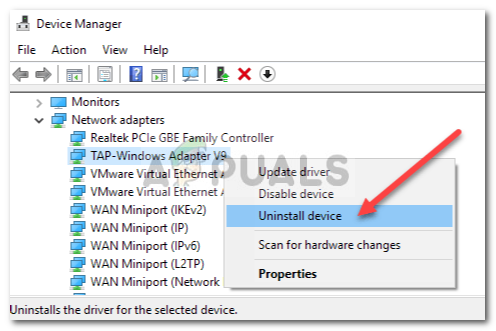
- Following the uninstallation, restart your computer to facilitate the reinstallation of the driver.
- Confirm whether the network issue has been resolved.





